Plant List & Overview of the Garden
The Royal Entomological Society Garden has been designed to show how remarkable and valuable insects are to humankind and to the natural world.
Plant list
Star plants for an insect-rich garden:
Common dandelion
(Taraxacum officinale)
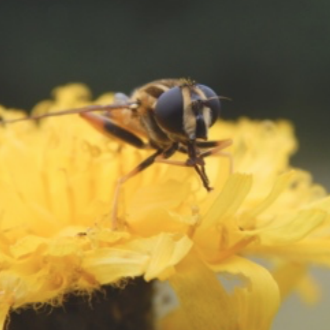
Good nectar source for many
flying insects such as lacewings, ladybirds and a larval food source for moths.
Pygmy borage
(Borago pygmaea)
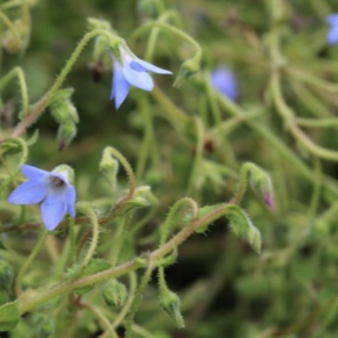
Attracts a variety of pollinators,
particularly bees. After a bee has visited a flower, it refills with nectar within two minutes.
Viper’s bugloss
(Echium vulgare)
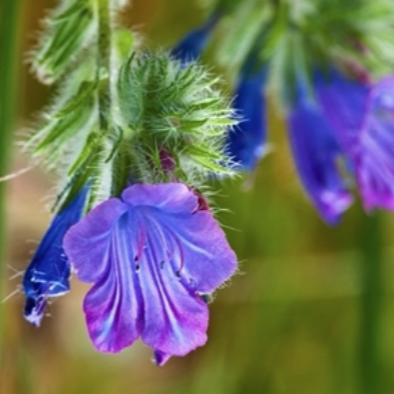
Supports many insects including 20 species of butterfly, bees and hoverflies. Several rare insects only live on this plant.
Hawthorn
(Crategus monogyna)
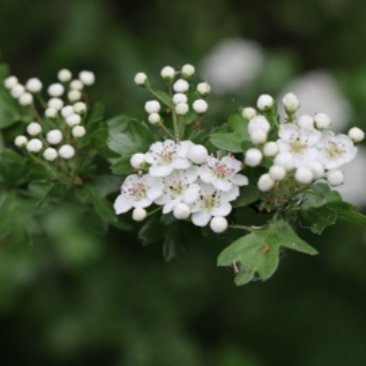
Supports over 300 species of insect, in particular flies, including hoverflies, and small beetles.
Common hazel
(Corylus avellana)
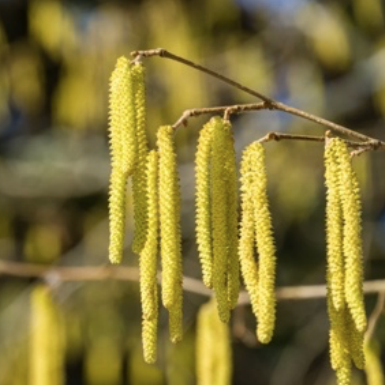
Supports a wide range of insects and its leaves provide food for moth caterpillars.
Beth’s poppy
(Papaver dubium subsp. Lecoqii ‘Albiflorum’)
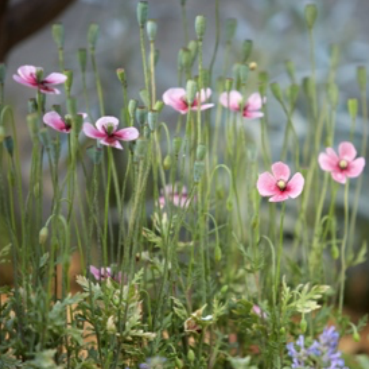
Provides food source for many insects including beetles and pollinating flies
The garden, designed by Tom Massey and supported by Project Giving Back, aims to uncover the unseen and unheard creatures that live in the natural world. A listening device, provided by Baker Consultant, will allow their ecoacoustics team to record and analyse noises made by wildlife living in the earth beneath us, enabling us to determine the health of soil, which we can do by following one simple rule of thumb:
Healthy soil is noisy soil
The garden will provide an inspiring place in which insects can be studied, researched, and observed in a beautiful and natural environment with visible insect science taking place in the unique, insect eye inspired, outdoor laboratory. It will encourage visitors to consider their relationship with insects in their own gardens and, through its relocation after the show, the garden will play a key role in inspiring insect scientists of the future.
Outdoor laboratory
The garden’s outdoor laboratory, built into a hillside, takes visitors down into the landscape, offering an ‘insect eye view’ and a space in which to study. A moveable projector screen links to microscopes in the lab, giving the opportunity to show enlarged insects at magnified scale, revealing their fascinating morphology and offering opportunities for education. The lab’s roof structure is inspired by a compound insect eye and will provide ‘modules’ permeable to insects, providing an accessible opportunity for on-site research, study and identification.
During the week of the show, the laboratory will be used for real scientific research, monitoring and studying insects visiting the garden.
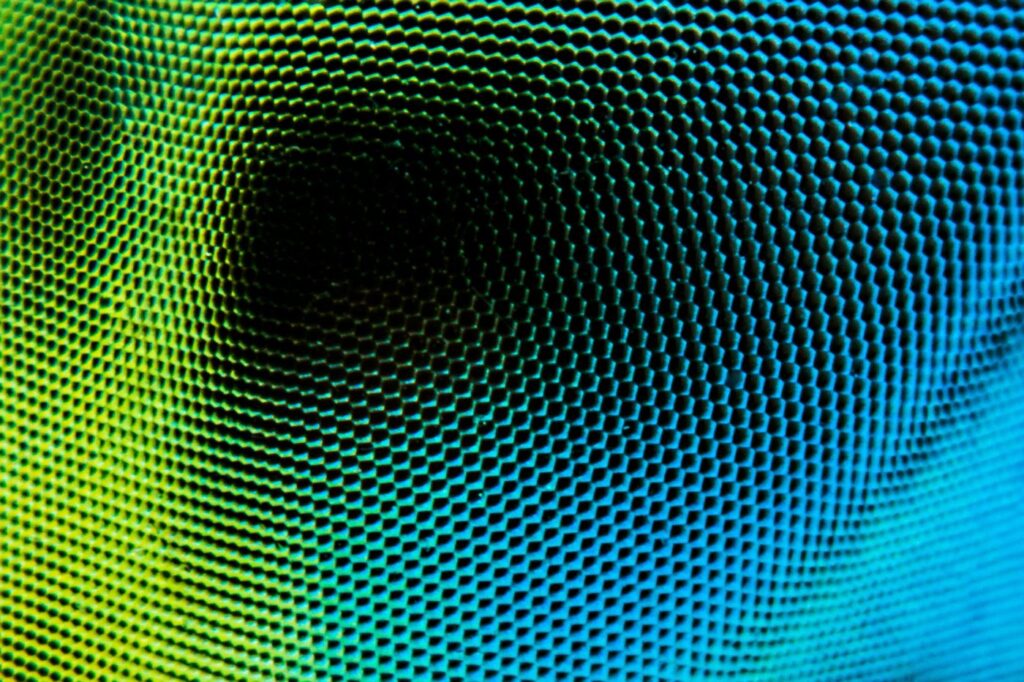 Anax imperator eye, image by Peter Sabol
Anax imperator eye, image by Peter Sabol
Insect habitats
The RES Garden demonstrates how to create range of habitats for insects within a garden and encourages gardeners to view their gardens first and foremost as habitats for a wide range of creatures. After all, our gardens and public green spaces are the easiest and most accessible places for getting up close and personal with a wealth of wildlife.
Examples of insect habitats in the RES Garden include:
- water, both standing and free flowing, which is an essential element for beneficial aquatic insects
- dead wood, in the form of a specially designed tree sculpture made of cross sections of a tree trunk, and dead wood piles filling gabion frames that are used as part of the boundary walls
- rammed earth floors and walls, which invite boring insects to create nesting places and hideaways
- hoggin pathways, which are fully permeable, allowing insects to freely access all parts of the garden and the earth it has been created on
- piles of rubble, which are packed into gabion frames to allow insects (and other valuable garden wildlife) to shelter and hide
- Climate resilient planting
The planting scheme has been designed for insects – a mix of native and non-native plants that provide a wide range of food sources for pollinators and other beneficial insects. The front of the garden features drought resistant planting representing that typically found on brownfield sites. Some of these common plants may be considered weeds e.g. dandelions, clover, vetch and knapweed, but they play an important role for insects.
Behind the lab, naturalistic planting evokes meadows at the edge of native woodland, rich in insect life. Trees in the garden are also important for insects including hawthorn, silver birch, Scots pine and hazel.
What’s happening now? Follow the journey…
#RESGarden
The Royal Entomological Society is a non-profit organisation and relies on publishing, membership and donations to pursue its support of scientific, educational, ecological and entomological causes.
We plan to relocate the RES garden to central London with a new education program providing a long-term opportunity for insect study as part of our planned UK network of gardens. The garden will show how remarkable and valuable insects are with visible insect science taking place in the unique – insect eye inspired – outdoor laboratory.
Much like the diversity of insects, there are many ways to support us and our work – your contribution, no matter how big or small, makes a huge impact and enables us to continue to enrich the world with insect science.